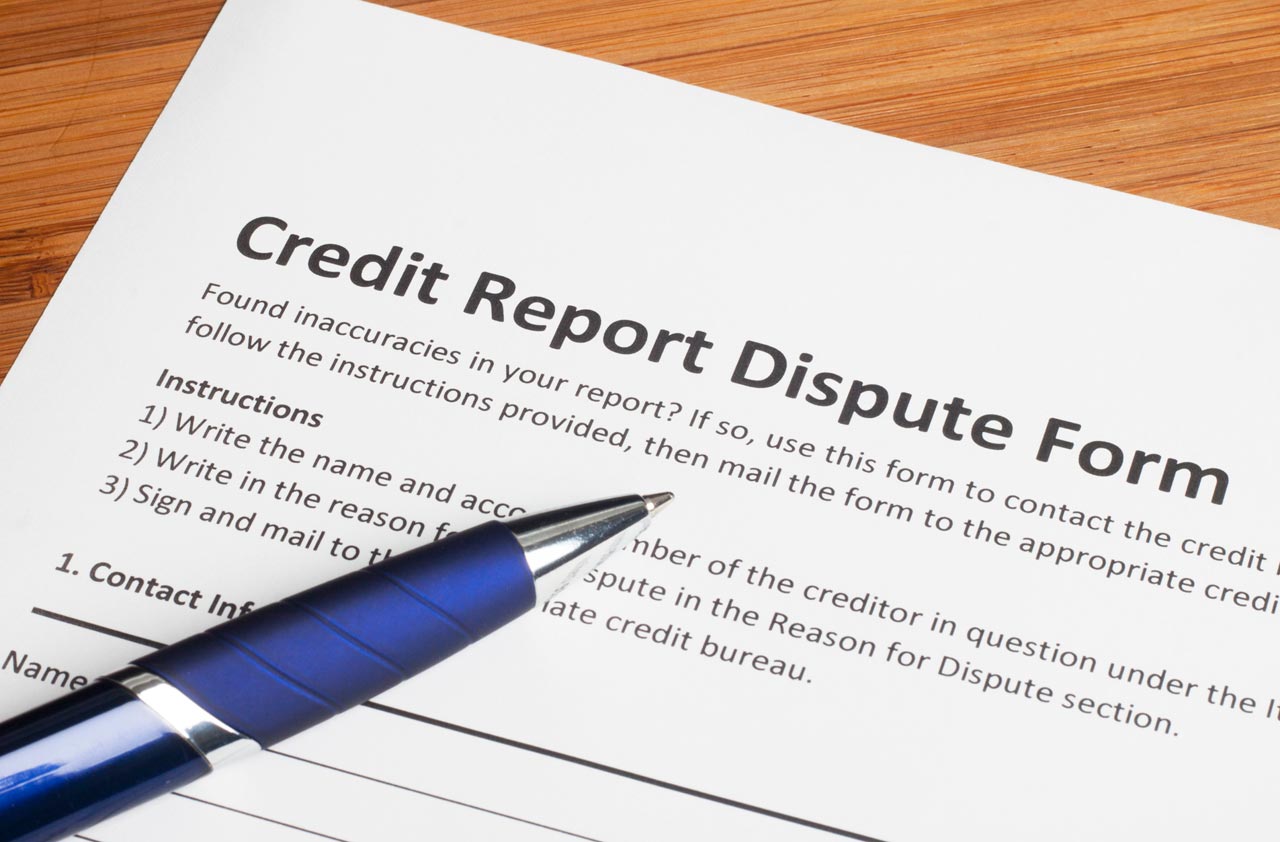Lower Your Prescription-Drug Costs
These three strategies will help you save money when you're in the Medicare Part D doughnut hole.

I reached the doughnut hole for my Medicare Part D plan, and now I have to pay for all of my drugs myself. How can I lower my costs for my medications?
One of the toughest things about Medicare Part D is the doughnut hole, which kicks in when your prescription-drug expenses total $2,830 for the year (including both your share and the insurer’s share of the costs). At that point, you generally have to pay all of your drug bills until the total cost of your drugs for the year reaches $6,440, when catastrophic coverage kicks in and the insurer picks up most of the bill.
That coverage gap will start to shrink in 2011 -- when there will be a 50% discount for brand-name drugs in the doughnut hole -- and will disappear by 2020. See What Health Care Reform Means to Medicare Drug Coverage for more information.
From just $107.88 $24.99 for Kiplinger Personal Finance
Become a smarter, better informed investor. Subscribe from just $107.88 $24.99, plus get up to 4 Special Issues

Sign up for Kiplinger’s Free Newsletters
Profit and prosper with the best of expert advice on investing, taxes, retirement, personal finance and more - straight to your e-mail.
Profit and prosper with the best of expert advice - straight to your e-mail.
Until then, the government is helping seniors by sending them $250 checks when they reach the doughnut hole in 2010. More than 750,000 Medicare beneficiaries have already received the one-time rebate checks, which are generally sent within 45 days of reaching the doughnut hole (see FAQs about the Medicare Rebate for details). But that’s just a small piece of your total costs. Here are three ways to save money on prescription drugs.
1. Switch to generic medications. You can save big money if you switch to generic drugs. A Medicare beneficiary who takes Glucophage, Prilosec and Zocor -- three drugs that seniors commonly use -- can save more than $3,500 per year by switching to generic equivalents Metformin, Omeprazole and Simvastatin, says Ross Blair, president and chief executive of PlanPrescriber.com.
Ask your doctor whether there are generic equivalents to the medications you’re taking. You can also use our Doughnut Hole Calculator to find generic or other low-cost alternatives to your medications. Switching to generics can make a huge difference in the doughnut hole, when you’re paying the full cost yourself, and it can lower your costs before you reach that point, too. Our Doughnut Hole Calculator shows the co-payments you’ll be making for those drugs under your specific Part D plan. Most plans have three or four tiers of co-payments -- $5 for generics, $20 for preferred brand-name drugs and $30 for nonpreferred brand-name drugs, for example. With a lower retail cost, it will take you a lot longer to reach the doughnut hole and your share of the cost will also be smaller.
2. Ask your doctor about therapeutic alternatives. There are no generic alternatives for some drugs, but there may be another drug that could also treat your condition but cost a lot less -- or have much better coverage under your Part D plan. For example, Trandolapril, an ACE inhibitor used to lower blood pressure, has a retail price of about $33 for a 30-day supply, but Lisinopril, also an ACE inhibitor, is just $7, says Blair. If your doctor lets you switch to the therapeutic alternative, you could save more than $312 per year. And the cost savings can be particularly large if one drug is covered by your plan and another is not. Our Doughnut Hole Calculator can also let you know whether there is a similar drug that costs less, but always talk with your doctor first about whether the substitution would work in your circumstances.
3. Find a lower-cost pharmacy. Different pharmacies in your area may charge varying rates for the same drugs. At PlanPrescriber’s RxDrugsaver.com, enter your zip code to get a list of the retail cost of a 30-day and 90-day supply of your medications at pharmacies in your area. You may also save money by switching to a mail-order pharmacy, depending on your plan. A UnitedHealthcare AARP plan member in Florida who takes Lipitor, for example, could save more than $122 per year by getting 90-day supplies of his drugs from a mail-order pharmacy, says Blair.
The Prescription Drug Plan Finder at Medicare.gov shows how much you could save by switching to a mail-order pharmacy after you type in information about your drugs and dosages.
These strategies will help you save money in the doughnut hole. And keep them in mind as you shop for your Part D plan for 2011, which will be during open-enrollment season from November 15 to December 31, 2010. The plan that offered you the best deal for preferred drugs, for example, may not be the one that offers the best deal for generics -- which could save you even more money next year.
Profit and prosper with the best of Kiplinger's advice on investing, taxes, retirement, personal finance and much more. Delivered daily. Enter your email in the box and click Sign Me Up.

As the "Ask Kim" columnist for Kiplinger's Personal Finance, Lankford receives hundreds of personal finance questions from readers every month. She is the author of Rescue Your Financial Life (McGraw-Hill, 2003), The Insurance Maze: How You Can Save Money on Insurance -- and Still Get the Coverage You Need (Kaplan, 2006), Kiplinger's Ask Kim for Money Smart Solutions (Kaplan, 2007) and The Kiplinger/BBB Personal Finance Guide for Military Families. She is frequently featured as a financial expert on television and radio, including NBC's Today Show, CNN, CNBC and National Public Radio.
-
 'Humbug!' Say Consumers, Despite Hot GDP: Stock Market Today
'Humbug!' Say Consumers, Despite Hot GDP: Stock Market Today"The stock market is not the economy," they say, but both things are up. Yet one survey says people are still feeling down in the middle of this complex season.
-
 The SEC Is Concerned for Older Investors and Retirement Savers. Here's What You Should Know
The SEC Is Concerned for Older Investors and Retirement Savers. Here's What You Should KnowThe SEC focusing on older investors, retirement and college savers, and private securities. Here's how those changes impact you.
-
 Vesting, Catch-Ups and Roths: The 401(k) Knowledge Quiz
Vesting, Catch-Ups and Roths: The 401(k) Knowledge QuizQuiz Test your understanding of key 401(k) concepts with our quick quiz.
-
 Credit Report Error? They All Matter
Credit Report Error? They All Mattercredit & debt Don't dismiss a minor error. It could be the sign of something more serious.
-
 Insurance for a Learning Driver
Insurance for a Learning Driverinsurance Adding a teen driver to your plan will raise premiums, but there are things you can do to help reduce them.
-
 529 Plans Aren’t Just for Kids
529 Plans Aren’t Just for Kids529 Plans You don’t have to be college-age to use the money tax-free, but there are stipulations.
-
 When to Transfer Ownership of a Custodial Account
When to Transfer Ownership of a Custodial Accountsavings Before your child turns 18, you should check with your broker about the account's age of majority and termination.
-
 Borrowers Get More Time to Repay 401(k) Loans
Borrowers Get More Time to Repay 401(k) Loansretirement If you leave your job while you have an outstanding 401(k) loan, Uncle Sam now gives you extra time to repay it -- thanks to the new tax law.
-
 When It Pays to Buy Travel Insurance
When It Pays to Buy Travel InsuranceTravel Investing in travel insurance can help recover some costs when your vacation gets ruined by a natural disaster, medical emergency or other catastrophe.
-
 What Travel Insurance Covers When Planes Are Grounded
What Travel Insurance Covers When Planes Are GroundedTravel Your travel insurance might help with some costs if your trip was delayed because of the recent grounding of Boeing 737 Max planes.
-
 Ways to Spend Your Flexible Spending Account Money by March 15 Deadline
Ways to Spend Your Flexible Spending Account Money by March 15 Deadlinespending Many workers will be hitting the drugstore in the next few days to use up leftover flexible spending account money from 2018 so they don’t lose it.